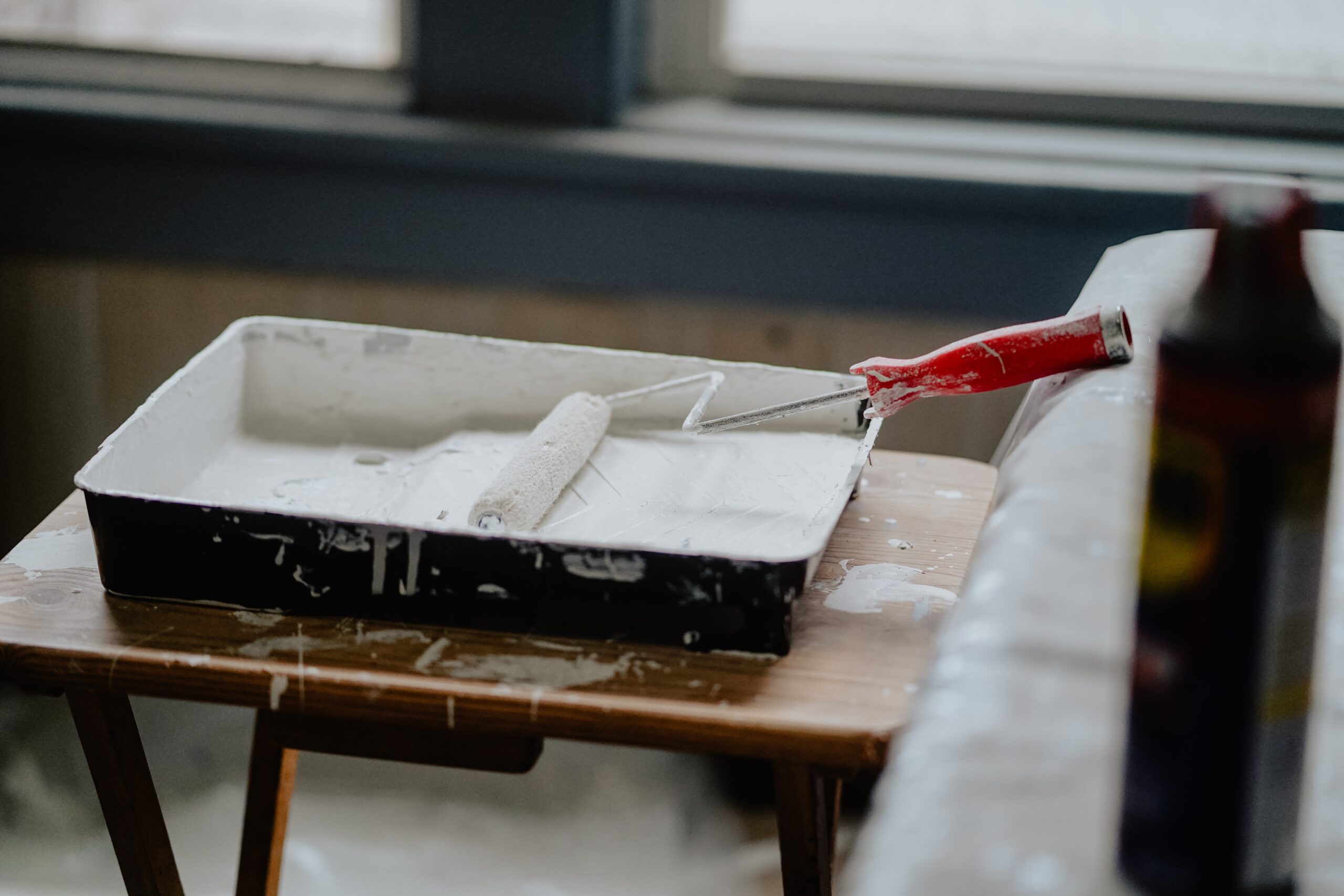If you’ve heard of Chip and Joanna, Tarek and Christina, or even Jonathan and Drew, chances are you’re familiar with this popular real estate investment strategy. Fixing and flipping homes, also known as “house flipping,” has garnered a lot of attention over the last 15 years thanks to the popularity of home improvement reality shows on channels like HGTV.
But fixing and flipping isn’t just the makings of an entertaining binge watch — it’s a great strategy that many real estate investors use to build their portfolios. In contrast to buying and holding real estate, property flipping is a method that, when done well, holds promise of quick returns with large profit margins.
The requirements? You don’t need to have extensive experience or be a seasoned contractor, but you’ll be poised for profit if you do adequate research, grow your skill sets, and develop a solid strategy. Let’s take a closer look at what it means to fix and flip a property, as well as four insider tips for growing your real estate portfolio using this strategy.
How the fix and flip process works
Most people have a basic understanding of what it means to fix and flip real estate, but let’s break it down a bit. Real estate investors purchase a distressed property, strategically rehab it, and then resell it for more than what they paid to buy and improve it.
They aim to buy low, make the right renovations to maximize the market value, and sell high as quickly as possible. The longer a property is held, the more carrying costs can chip away at profits — monthly bills, utilities, property taxes, HOA fees, financing charges, and other expenses can add up quickly.
This real estate investment strategy has the potential to deliver strong returns. In fact, 2022 year-end numbers from real estate data company, ATTOM, revealed that the nationwide average gross profit for flipped homes was $67,900. Not bad! But tackling a flip requires prowess and a high tolerance for risk for anyone looking to make a profit doing it.
Figuring out your fix and flip strategy
Unsure if becoming a flipper is a good fit in your real estate investment strategy? Ask yourself these questions to determine if investing in fix and flip real estate is right for you:
Do I have any construction experience?
While not essential, having some basic construction knowledge can give you the confidence you need to budget for and successfully project manage property renovations. The 70% rule recommends that real estate investors pay no more than 70% of the after-repair-value (ARV) of a property, minus the repairs needed.
(ARV x 70%) – repair $ = the price you should pay for renovations
As the real estate investor, it’s more important for you to know what needs to be done and the estimated costs for those repairs than it is for you to know how to hang drywall or lay tile.
What are my financial resources?
Funding for fix and flip properties can come from a variety of sources: cash savings, a traditional bank, a home equity loan or home equity line of credit, personal loans, private investments, or even a bridge loan (also known as a fix and flip loan) from a private money lender.
Each financing source has its own pros and cons, so you’ll need to evaluate your individual options and decide which method best fits your mission as a real estate investor.
How much risk am I comfortable with?
Most experienced real estate investors agree: when you’re first starting out, it’s important to take on projects you’re fairly confident will pay off. If you’re doing your due diligence and calculating the ARV correctly, there’s likely room for you to still come out ahead, or break even.
Going into debt in order to fund your flix and flip project can increase your financial risk. With time and experience, you may be able to start funding your flips with cash — something 63% of all house flippers do — which would potentially give you a competitive edge over borrowers during the purchase process.
How much time do I have to dedicate to the project(s)?
If you’re working on a flip while also trying to hold down a full-time job, it’s important to budget your time just as thoroughly as you would your money. Contrary to reality TV, it can take months to renovate a property — and that’s not including the time it took you to find and secure the deal in the first place.
Even if you hire tradespeople to do most of the work, you’ll still spend more time than you expect supervising the project, getting everything inspected once it’s finished, and securing a buyer for the property once it’s on the market.
Top tips for fix and flip success
1. Invest in yourself.
Whether it’s through books, workshops, or mentorships, increasing your knowledge of the start-to-finish journey of buying, fixing, and flipping properties will give you the wisdom you need to succeed. This could include getting your real estate license, which would empower you with insider insights during buying and selling transactions.
2. Become a deal-finding expert.
At the end of the day, you can pay someone else to fix a roof or remodel a kitchen. Your profit doesn’t come down to having the best interior design — it comes down to becoming a pro at finding and landing deals.
Scouring for and securing the homes that will make you a profit will require you to be savvy, persistent, and creative. The most successful flippers find deals not just through the MLS, but also through alternative means like auctions.
3. Connect with the right tradespeople.
In the beginning, especially if you’re experienced in construction, it may be possible to do a significant amount of rehab work yourself. But if you’re spending all of your time getting hands-on in your flip, you won’t have time to get out there and find your next deal.
Scaling your flipping business will require you to delegate to the expert tradespeople who can get the job done right — on time and on budget. You’re looking for contractors and tradespeople experienced in working with real estate investors and with high volume. They will be your best allies for making sure that your flip doesn’t flop.
4. Be nimble.
No matter how much money you want to get for your rehabbed house, the ultimate determinant is the real estate market. Knowing the market you’re investing in is essential, and so is the ability to stay flexible when it comes to your expectations. Successful flippers know how to go with the flow, pivot fast, and even cut their losses when necessary.
Fixing and flipping homes can be a successful real estate investment strategy for the right investor. The learning curve can be steep if you’re new to building and construction, but these vital reflection questions and pro tips will help get you far if you keep them in mind as you begin.
The great thing about real estate investing is that it’s not one-size-fits-all: you can also reach your investment objectives with other strategies like buy and hold, or by combining the two with the BRRRR (buy, rehab, rent, refinance, repeat) investment strategy. By knowing all of your options, you’re taking the first important step on your real estate investing journey.
Browse Xome’s auction inventory and homes for sale now and find your perfect property.
NO INVESTMENT ADVICE
The above content is for informational purposes only. You should not construe any such content or other material as legal, tax, investment, financial or other advice.







